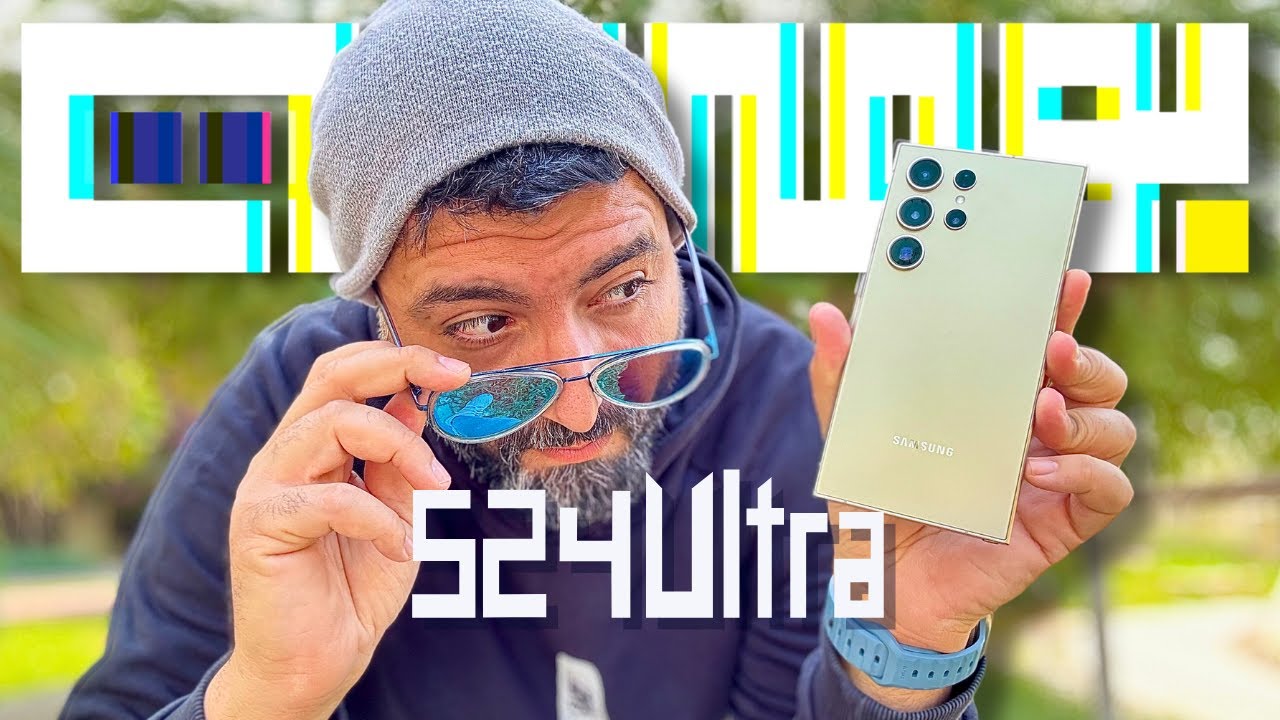Is This The END for Luminar Neo? Big Fall Update Review
Summary
TLDRThis video offers an in-depth review of Luminar Neo's latest update, highlighting significant organizational improvements such as star ratings, photo favoriting, and AI-driven local search. The reviewer demonstrates the ease of creating virtual copies for non-destructive editing, as well as utilizing color masking and the color transfer tool for creative enhancements. While praising the improvements, the video also points out areas for refinement, particularly with AI specificity in search functions and color grading. Additionally, the generative tools have received upgrades, enhancing Luminar Neo's editing capabilities. Overall, it's a positive review with constructive feedback.
Takeaways
- 🆕 Luminar Neo has received a significant update with new organizational and creative tools.
- 📁 New organizational features include a clean minimalist view, detailed information display, and the ability to add star ratings and favorite photos.
- 🌟 Users can now easily assign star ratings to photos by clicking on the desired number of stars or using keyboard shortcuts.
- ❤️ The update introduces the option to favorite and reject photos, enhancing photo organization capabilities.
- 🔍 AI search functionality has been added, allowing users to search their catalogs for specific subjects like 'horses' without cloud reliance.
- 📸 The ability to filter photos by camera settings, such as model or ISO, streamlines the process of finding specific types of photos.
- 💾 Virtual copies have been introduced, enabling non-destructive editing by allowing multiple edits on the same photo without extra storage space.
- 🎨 Creative tools updates include color masking and color transfer, which borrow color palettes from other images to apply to your photos.
- 🖼️ Color transfer can be tweaked with sliders for color intensity, luminosity, and smoothing to achieve the desired effect.
- 📹 Generative tools like gen swap, gen raise, and gen expand have been improved, making them more reliable and predictable.
- 👥 A separate development team is dedicated to Apy, a new portrait editing software, ensuring Luminar Neo continues to receive updates and improvements.
Q & A
What are the new organizational tools introduced in the Luminar Neo update?
-The new organizational tools include the ability to view detailed information about photos such as file names, types, and the option to assign star ratings, mark favorites, and reject photos. These tools enhance the ability to organize photos efficiently.
How does Luminar Neo allow users to search for photos using AI?
-Luminar Neo uses AI-driven local search to find photos based on their content, like searching for specific objects within photos (e.g., 'horses'). This process is done locally on the user's machine, and the AI identifies the relevant images containing the search term.
Can users refine their AI searches in Luminar Neo?
-While the AI search is effective, the video reviewer mentions that it currently lacks the ability to search for multiple specific elements together, like 'horse' and 'American flag.' This is a feature they hope will be added in the future.
What camera-specific filters are available for narrowing down photo searches?
-Users can filter photos by various camera settings such as camera model and ISO levels. For example, users can search for photos shot with a specific camera like the Nikon D850 and set an ISO filter to find noisy images.
What is the significance of virtual copies in Luminar Neo?
-Virtual copies allow users to create multiple versions of a photo without duplicating the original file. These copies enable users to experiment with different edits and processing styles without taking up extra storage space.
How does Luminar Neo's new color masking tool work?
-The color masking tool lets users select specific colors in an image to mask and edit them separately. The tool has a range slider that adjusts how much of a color range is selected, allowing for more precise color changes without affecting the entire photo.
What is the color transfer tool, and how does it work?
-The color transfer tool allows users to apply the color palette from one image to another. Users can specify a reference image, and the AI will match colors between the reference and the target image. This is more sophisticated than traditional LUTs.
How customizable are the results from the color transfer tool?
-Users can adjust settings like color intensity, luminosity, and smoothing transitions to refine the look of the color transfer. However, the reviewer notes that results may be inconsistent, and the tool is still somewhat experimental.
What improvements have been made to Luminar Neo's generative tools?
-The update brings improvements to Luminar Neo's generative tools, such as Gen Swap, Gen Raise, and Gen Expand. These tools, which were previously unreliable, have been enhanced for better performance.
Is Luminar Neo being replaced by another software, as some users feared?
-No, Luminar Neo is not being replaced. Although Skylum released a new portrait-editing software called Luminar Apy, the two tools serve different purposes. Luminar Neo will continue to receive updates and development support.
Outlines

Cette section est réservée aux utilisateurs payants. Améliorez votre compte pour accéder à cette section.
Améliorer maintenantMindmap

Cette section est réservée aux utilisateurs payants. Améliorez votre compte pour accéder à cette section.
Améliorer maintenantKeywords

Cette section est réservée aux utilisateurs payants. Améliorez votre compte pour accéder à cette section.
Améliorer maintenantHighlights

Cette section est réservée aux utilisateurs payants. Améliorez votre compte pour accéder à cette section.
Améliorer maintenantTranscripts

Cette section est réservée aux utilisateurs payants. Améliorez votre compte pour accéder à cette section.
Améliorer maintenantVoir Plus de Vidéos Connexes

I Tried Samsung's BEST Phone! - Galaxy S24 ULTRA

iOS 18.1 RC is Out! - What's New?

S25 Ultra - The BIGGEST Camera Upgrade in Years?

Dream Cricket 25 - New Update: Full Review | 3D Gameplay & New Features | Commentary, Jersey!

أكثر من ما توقعت Galaxy S24 Ultra جزأ الآول

쏘나타 디 엣지 살펴보기!|SONATA The Edge|MODE
5.0 / 5 (0 votes)
